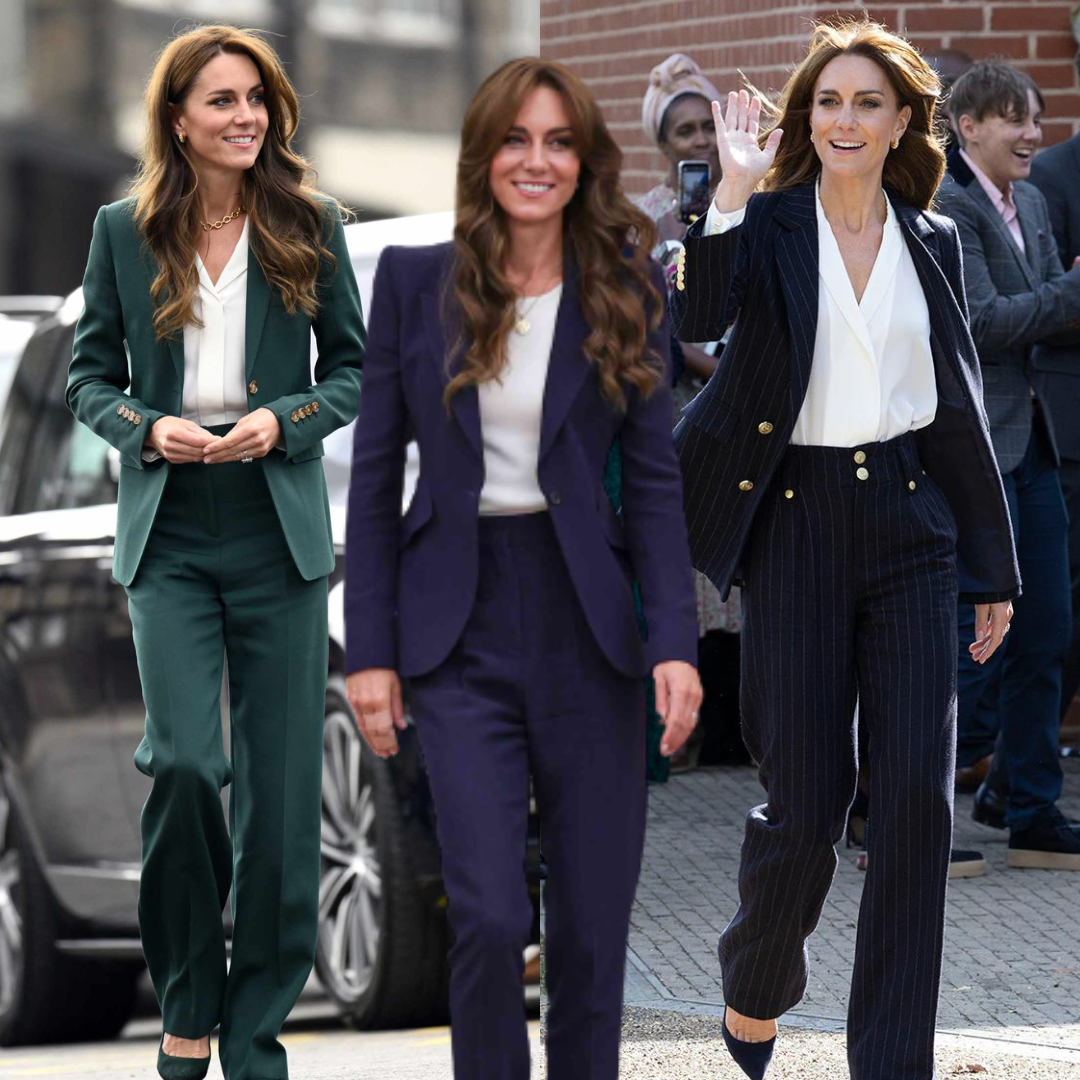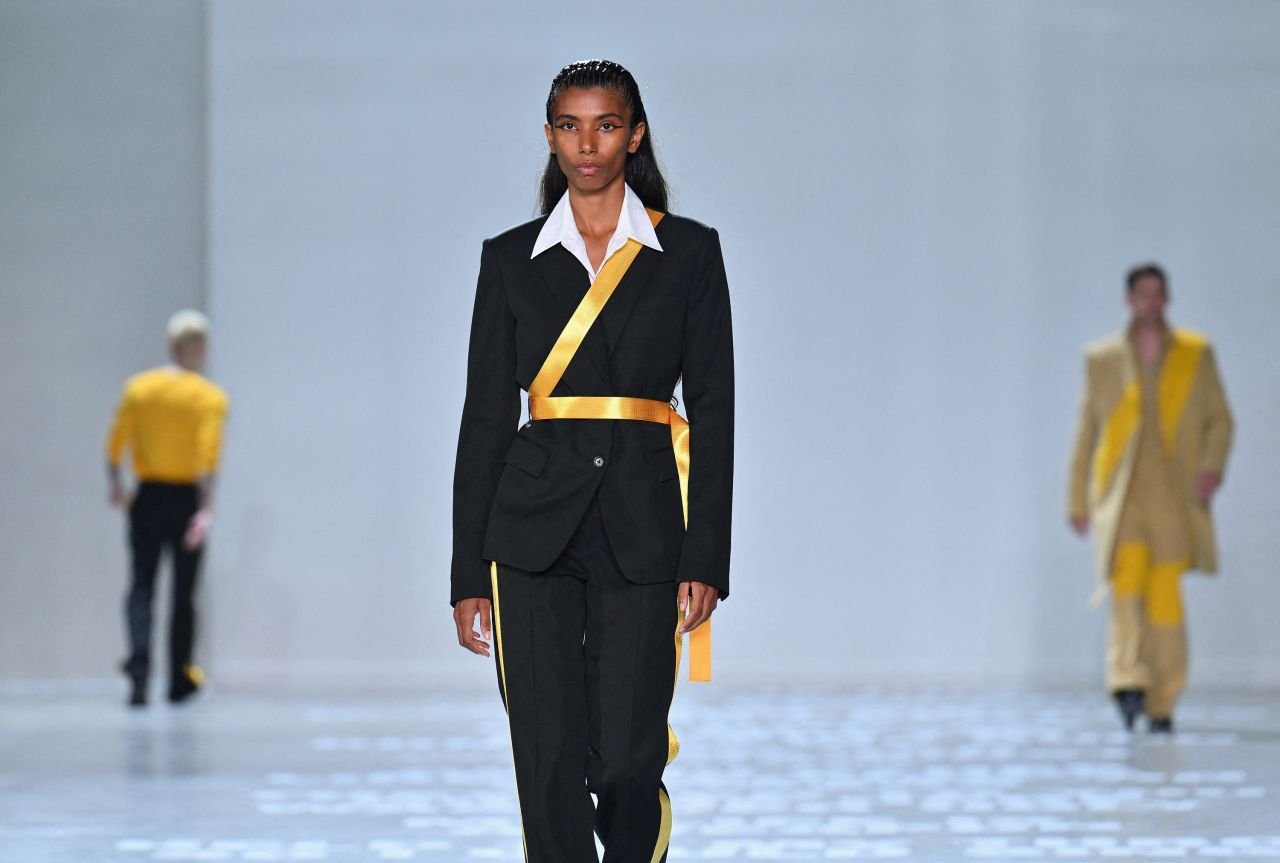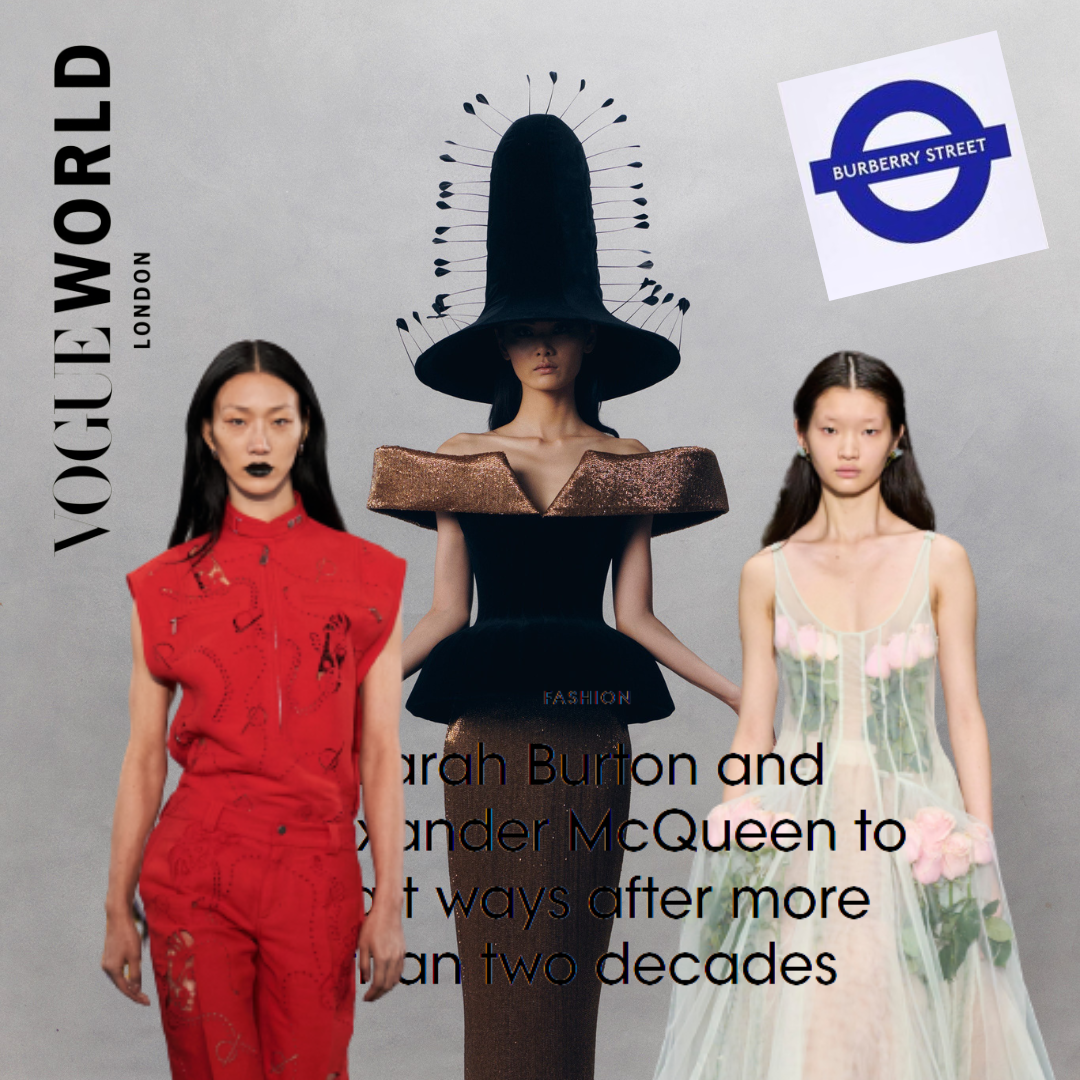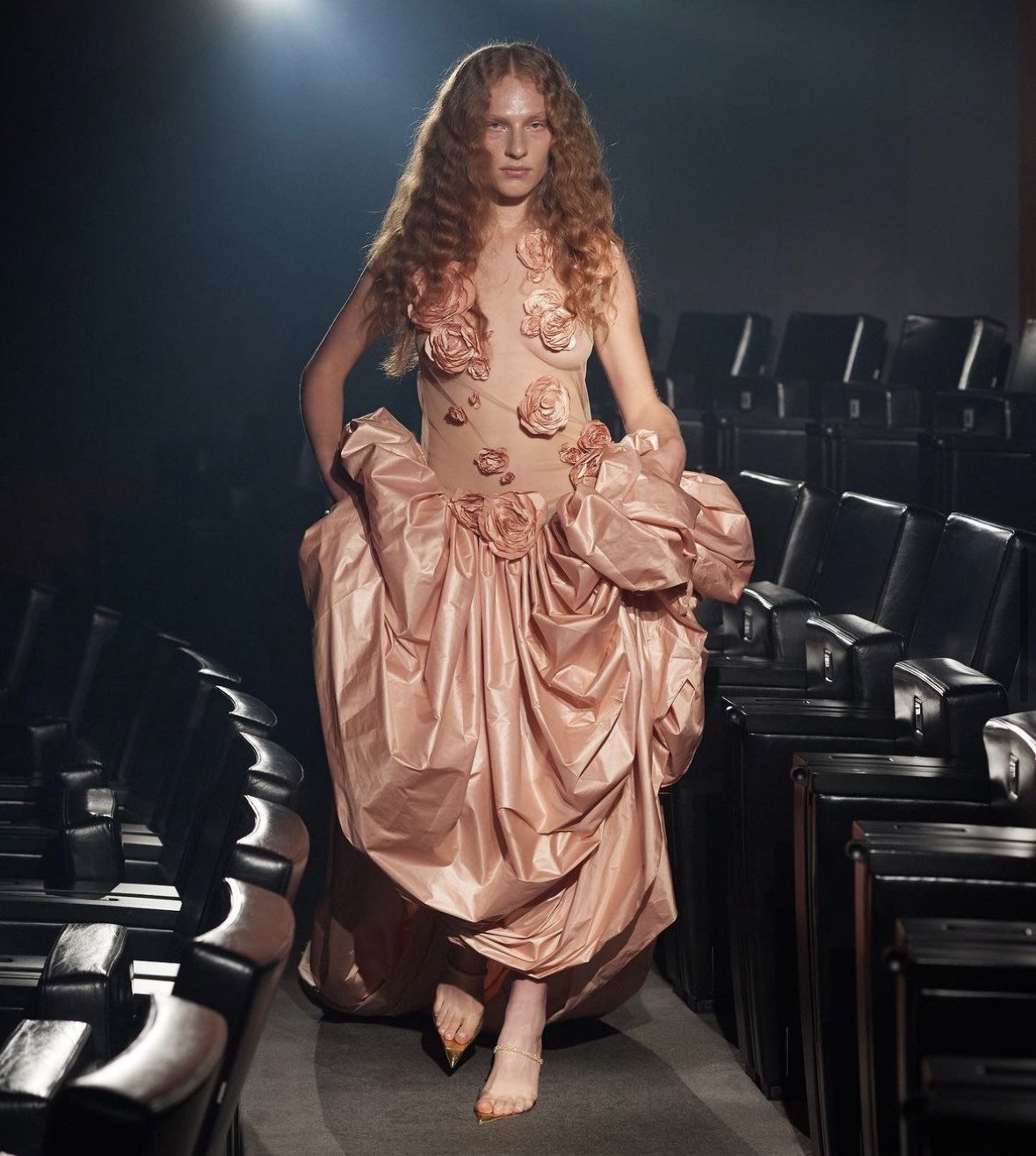Liberation Skirts: Healing Through Crafting
In 1945, Mies Boissevain-van Lennep was released from one of the concentration camps that she had spent time in during the Second World War (WWII). As a member of the resistance, she had made her house in Amsterdam available as a centre for her sons’ resistance group and had been caught and imprisoned by the Sicherheitsdienst of the Nazi party. In the years she spent imprisoned, Boissevain was saved from the gas chambers a total of 3 times, and only barely managed to make it out of Camp Ravensbrück in northern Germany at the end of the war. During her imprisonment, Boissevain once found a patchwork fabric, which was crafted by another prisoner. This prisoner explained to the other imprisoned women what her thoughts behind it were. Each piece of fabric that she had used for the little quilt had a personal story behind it, containing, for example, pieces of clothes from her children, so that she could remember them by it. Boissevain recounts having a feeling of connection with the other women after this, and after the war, she used this patchwork fabric as a source of inspiration for a new project to commemorate the war experiences of women. This ended up becoming the ‘bevrijdingsrok’ or ‘liberation skirt’, which experienced a short time of popularity among Dutch women after the war.
Processing Trauma and Rebuilding a Nation
After her release, Boissevain became part of a committee that aspired to organise national holidays and the creative sense of a national identity to help people feel more connected to their country again, after such a devastating war. An example of such a holiday would be liberation day, celebrated on the 5th of May every year from 1946, and still is celebrated every year to this day. One of the concepts created for the commemoration of the war was, of course, the liberation skirt under the supervision of Boissevain. The skirt, to be worn every liberation day, could be made by using an older skirt. The creator could then attach the pieces of fabric in any desired pattern on top. My own grandma remembered that women even used whole ties to sew onto their skirts, so really any shape was welcome. Using old fabrics to create something new—this juxtaposition symbolised how the country itself would be made beautiful, modern and whole again, whilst at the same time never forgetting what came before the restoration, the war.
The patchwork of fabric would also have patterns that would usually clash with each other when combined in an outfit. However, through their immense diversity, they would create something that looked beautiful and cohesive, when admired as a whole. The uniqueness of each skirt would show the different experiences that women would have had during the war. The best skirts, according to Boissevain, would have a combination of fabrics that reminded them of both good and bad memories from the war. From her side, there was also a focus on the importance of the family as an institution in society, as it was a big part of a woman’s life. It was a combination of happiness in personal as well as public life during the celebrations. For example, 2 of Boissevain’s sons were executed, and her husband passed away during his time in a concentration camp. For Boissevain, the skirt clearly had a highly emotional value. Through patchworking the fabrics of their clothes, and thus memories, together, she managed to have a way to carry them with her as she celebrated the freedom of her country. Even though each skirt was completely unique, they still looked similar through their cheerful patterns and colourful appearance—so it also showed some sort of connection between all the creators of the skirts. They all went through various degrees of traumatizing experiences, and all created a skirt to help with the mourning of their closest loved ones, or simply to celebrate the fact that they were free from Nazi rule. It is through this recognition of each other’s pain, but also each other’s hope that they would be able to process their experiences. Boissevain tried to have the skirts registered, and about 4000 women had signed up for this. However, it is highly likely that many more were created, though there is no definitive number.
Guidelines
To make sure that there was at least some cohesion between the unique skirts, Boissevain’s committee created guidelines that would instruct the makers. For example, triangles in one plain colour had to be added to the bottom of the skirt, as can be seen in the example pictures. On one triangle, it would have to have ‘5 May 1945’ written or embroidered on it, to show the day that the whole of the Netherlands was liberated (some regions had been liberated much earlier). Some skirts would also add 1946, 1947, etc. to the additional triangles to show the days that the liberation was celebrated. On top of these specifications, one of the main ideas behind the skirts was that they could be handed down from mother to daughter, to continue the tradition. The daughter herself could then attach new pieces of fabric that were important to her, combining her mother’s and her own experiences into one piece. It also shows the importance that Boissevain gave to the family as an institution of society in the restoration of the Netherlands.
The Meaning of the Skirt for Dutch Women
Even though there were some guidelines, there was of course a lot of space for individuality on the skirts. Some of these individual touches were described by Jolande Withuis, a Dutch sociologist. She analysed some examples of these skirts, and the different types of images that were added on top of the patchwork. These sometimes included words and complete sentences like ‘de eerste reep chocola hmmm’ (‘the first bar of chocolate hmmm’), names of resistance papers and ‘jood’ (‘Jew’) on a fabric yellow star, as well as images of trains, parachutes, Dutch flags and bent over, hungry women reminding them of the “Hunger-winter” of 1944-45. Some women wrote whole histories on their skirts, through images and words of what happened during their time in the war. It is almost like some women used these projects as a way of processing what had happened to them in the war.
The skirt that Boissevain created for herself also had highly personal images and fabrics. For example, she had parts of shirts from her deceased husband and sons’ shirts on her skirt, as well as the names of the concentration camps she was in. However, Boissevain also included more cheerful times in her and her family’s lives on her skirt, such as wedding dates. The national symbolism was of course also important, with Boissevain including the anniversary of Queen Wilhelmina’s rule of the country. For more examples, the Resistance Museum (Verzetsmuseum) has some excellent information and pictures on its website.
The earlier-mentioned Withuis analysed the skirts and their meaning in Dutch society and showed that these skirts did not only symbolize what Boissevain anticipated. Mies was not only known for her work on the liberation skirts but played an important role in giving women more chances when it came to (local) politics. On top of that, she wanted the liberation skirt to show how heavily women were involved with the nation, and how loyal, bold and dedicated they were. However, with Boissevain introducing the creation of a skirt as a symbol of liberation for women, it also symbolized the return of women to the position of homemaker, of the crafter inside the house. After the war, Withuis shows, there was a focus on restoration rather than giving women a more independent position in society, especially in the 1950s. On top of that, from about 1948 into the 50s, many women that had been active in the Dutch resistance felt as if their dedication to the cause had been ignored or forgotten, in favour of the men that they worked together with. Their tireless work was to be forgotten so that the traditional roles of men and women could return to what they were before the war. Restoration went before modernisation.
The remembering of the war through quilting and fashion was a material way for many women to process their experiences in the war, and provide hope for what was in front of them in the restoration of their society. It was a highly personal part of something that thousands of people would celebrate together. Even if the time after the war did not provide women with a more influential position in society, the skirt at the very least helped them show their dedication and importance in the Second World War.










